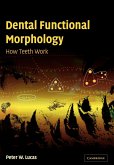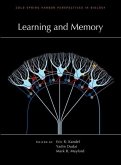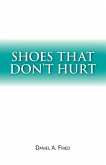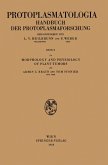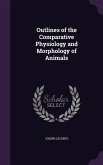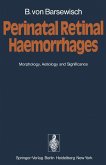Short description/annotation
Innovative theory showing how mammalian tooth form can be understood using considerations of food fracture.
Main description
Dental Functional Morphology offers an innovative alternative to the received wisdom that teeth merely crush, cut, shear or grind food and shows how teeth adapt to diet. Providing an analysis of tooth action based on an understanding of how food particles break, it shows how tooth form from the earliest mammals to modern-day humans can be understood using very basic considerations about fracture. It outlines the theoretical basis step by step, explaining the factors governing tooth shape and size and provides an allometric analysis that will revolutionize attitudes to the evolution of the human face and the impact of cooked foods on our dentition. In addition, the basis of the mechanics behind the fracture of different types of food, and methods of measurement are given in an easy-to-use appendix. It will be an important sourcebook for physical anthropologists, dental and food scientists, palaeontologists and those interested in feeding ecology.
Table of contents:
Preface; 1. How to get excited by teeth; 2. The basic structure of the mouth; 3. How the mouth operates; 4. Tooth shape; 5. Tooth size; 6. Tooth wear; 7. The evolution of the mammalian dentition; Appendix A. Mechanical properties and their measurement; Appendix B. Properties of teeth and potential foods; End-notes; References; Index.
Hinweis: Dieser Artikel kann nur an eine deutsche Lieferadresse ausgeliefert werden.
Innovative theory showing how mammalian tooth form can be understood using considerations of food fracture.
Main description
Dental Functional Morphology offers an innovative alternative to the received wisdom that teeth merely crush, cut, shear or grind food and shows how teeth adapt to diet. Providing an analysis of tooth action based on an understanding of how food particles break, it shows how tooth form from the earliest mammals to modern-day humans can be understood using very basic considerations about fracture. It outlines the theoretical basis step by step, explaining the factors governing tooth shape and size and provides an allometric analysis that will revolutionize attitudes to the evolution of the human face and the impact of cooked foods on our dentition. In addition, the basis of the mechanics behind the fracture of different types of food, and methods of measurement are given in an easy-to-use appendix. It will be an important sourcebook for physical anthropologists, dental and food scientists, palaeontologists and those interested in feeding ecology.
Table of contents:
Preface; 1. How to get excited by teeth; 2. The basic structure of the mouth; 3. How the mouth operates; 4. Tooth shape; 5. Tooth size; 6. Tooth wear; 7. The evolution of the mammalian dentition; Appendix A. Mechanical properties and their measurement; Appendix B. Properties of teeth and potential foods; End-notes; References; Index.
Hinweis: Dieser Artikel kann nur an eine deutsche Lieferadresse ausgeliefert werden.


